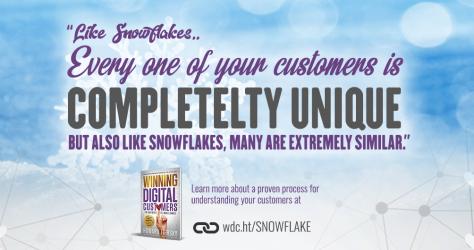If you engage in even a fraction of the research activities described Chapters 7 and 8, you’ll have quite a wide range of information. So how do you take all of the data gathered from customer research and turn it into personas or other actionable tools that can be used to drive decision-making? Here is a four-step process for doing just that.
Research Synthesis Step 1: Answer the Research Questions
Start by putting all the information you have, no matter the source, together by research question. We like to print our research questions out then tape them high up on the wall, then post research insights under the question to which the apply. Then, once your gallery is set up, the ensuing step of the process is difficult to put into methodology, as it involves simply looking at all the data, thinking of it in the context of the questions, and having dialogue amongst a team of researchers. Once the answers to the questions are clear, create a deck goes through each question, answers the question, and providse the supporting data and its source so it’s clear that the answer is research-based.
Research Synthesis Step 2: Define What Differentiates Your Customer Segments
With the preliminary customer dimensions you created in mind, take time now to revisit this question: what are the most important 5-10 dimensions for your business based on your customer research? Use the insights you gathered to review the segmentation created prior to the research and modify it as needed. For each prioritized dimension, define the different characteristics you want to distinguish.
Research Synthesis Step 2: Define What Is Common Across Your Customers
The dimensions of segmentation define what is different across your customers, but it’s also important to define what is similar. Look for the characteristics that distinguish your customers, as a total population, from everybody else.
Research Synthesis Step 4: Create a Persona
Now that you have defined what is common as well as key differences between your customers, you are ready to start drafting a personas, which is a fictional character—a composite that represents one of several types of “typical” customers of your business. This little family of characters is meant to represent the totality of your customer base and include prototypical combinations of dimensional characteristics. There is no magic number of personas, but six or seven is common.
Next, you'll use your research and personas to document the customer's current state journey.



